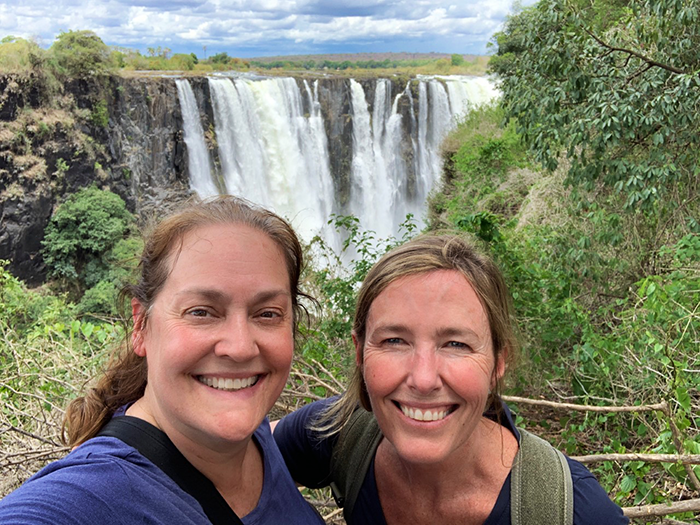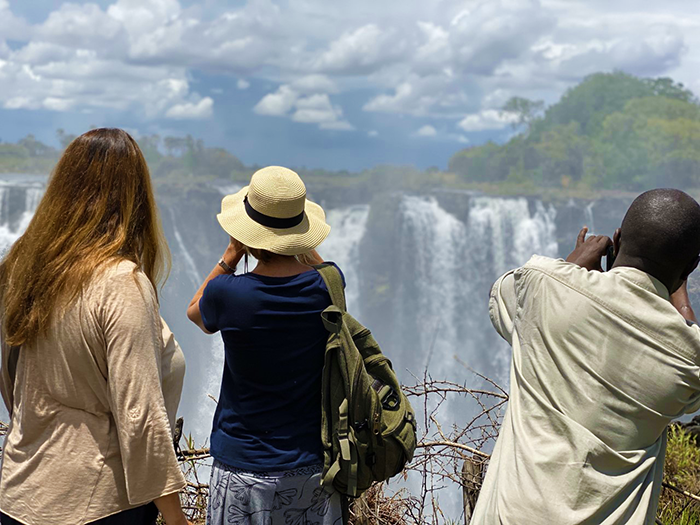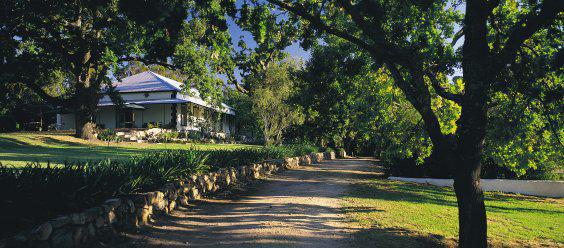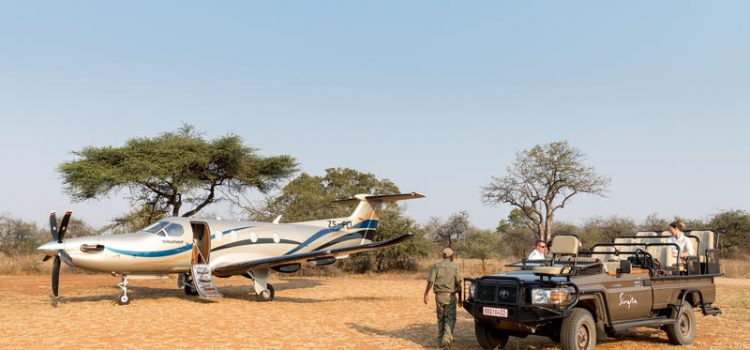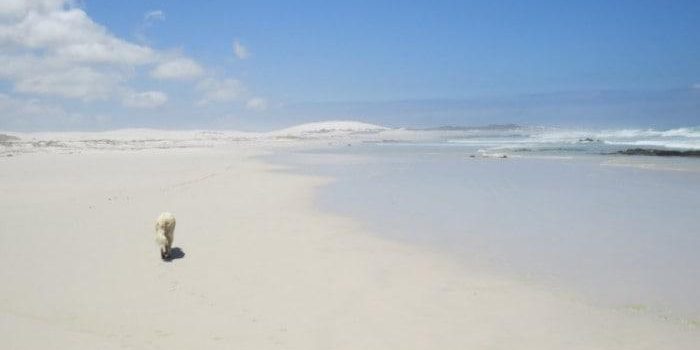Is Victoria Falls really drying up? Having just been at beautiful Vic Falls in December, we were appalled as our news feeds – like yours no doubt – began to flood with alarming ‘reports’ and photographic ‘evidence’ that this spectacular World Heritage Site is ‘drying up because of climate change.’
The good news? It’s just fake news. But it has already caused considerable damage to the area’s tourism industry. We hope that by reporting the actual facts around the Zambezi River and Victoria Falls, we can help restore the reality of how this apparent ‘dryness’ is simply part of a very normal, yearly cycle.
Our December 2019 trip photos
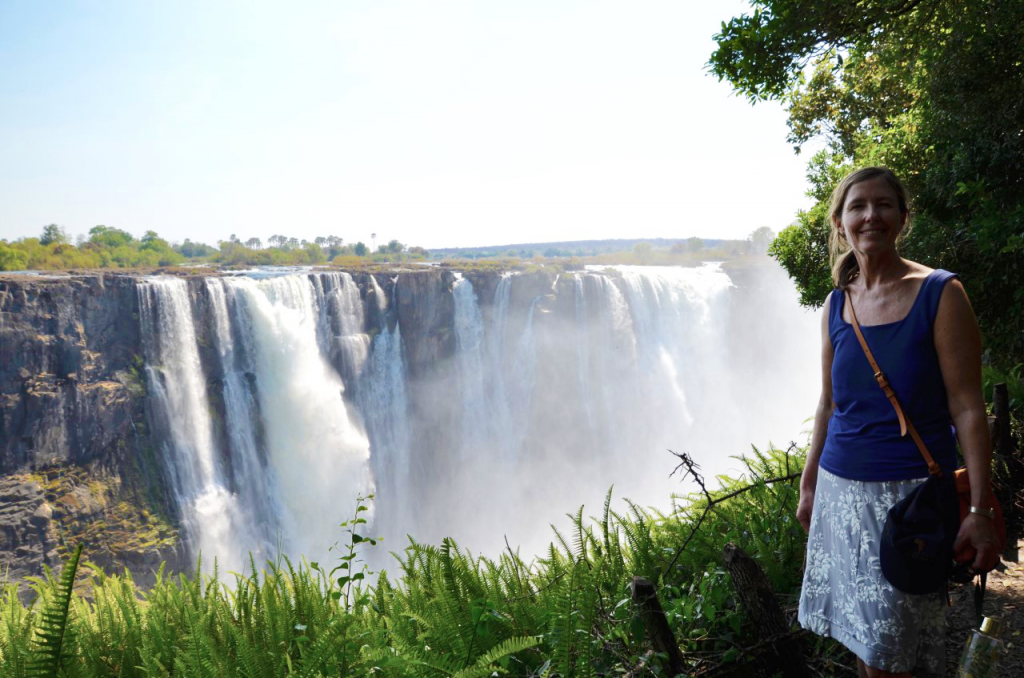
Faking Facing Facts:
- The Zambezi’s water levels drop and rise significantly throughout the year – and every year.
- The lowest water-level is in October, November and early December.
- It is natural and normal that certain sections of Vic Falls ‘dry up’, with less of its famous ‘smoke’ (spray). Water levels are generally lower on the Zambian side.
- Whilst the region did suffer from a severe drought last year, the Zambezi’s flow remained consistently above the river’s flow in 1995/1996.
- The lowest recorded water-flows recorded were during the 1995/1996 season which clocked an annual mean flow of 390 cubic meters per second (the water still flowed over the falls during this time). Compare that to the 4,700 cubic meters per second currently flowing at Victoria Falls.
- In a press release, the African Travel & Tourism Association (Atta) confirmed they had ‘discussions with various members to clarify these reports and has confirmed with the Zambezi River Authority that current records show that the water levels are, once again, consistently rising.’
The consequences for conservation and community
Whilst climate change is real, so are the changes Victoria Falls seasonally experiences, year in and year out. It is vital that, when fighting climate change, we are moved to action by facts and not fuelling the flames of fake news. In an effort to counter the damage already experienced by tour operators in Zimbabwe, operators have united against the media to replace their fictions with facts, under the #VictoriaFallsIsNotDry hashtag. We’re using it too!
“Whilst we are cognisant that climate change is a growing concern on a global level, and that it is potentially having an impact on countries throughout the world, what has been lacking in the media reports is an insight into the historic seasonal patterns and the resultant changes in water flow that are vital pieces of information to ensure a clear perspective is maintained,” Atta stated.
ACT said, “It has been irresponsible of the international media, in their efforts to create awareness around climate change issues, to have created such a negative impact on a vital sector in the region that supports thousands of livelihoods.”
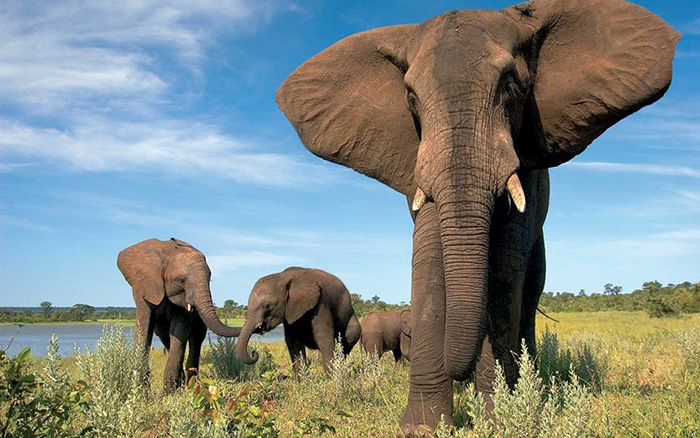
What can we all do?
- Stand with Zimbabwe’s tourism industry by using their #VictoriaFallsIsNotDry hashtag on Instagram, Twitter, and Facebook
- Combat the fake news by actively sharing this story by email, messaging and on social media. (Here’s the short link: add link)
- Start planning your Vic Falls trip!
Here are some of our favorite reasons why Vic Falls is perfect at any time of the year:
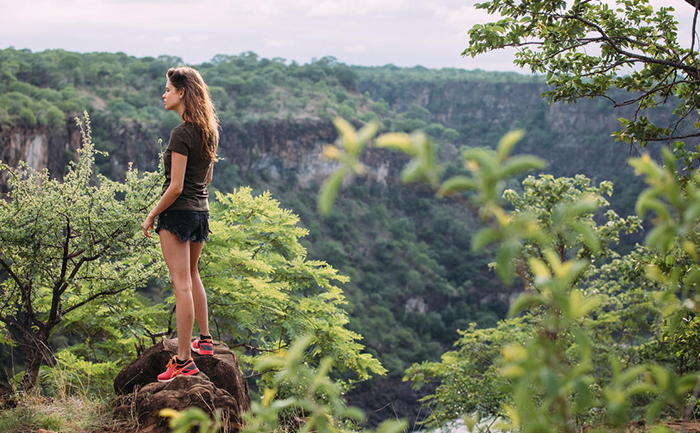
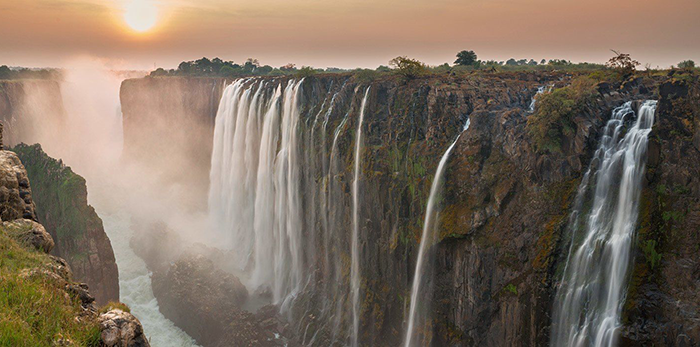
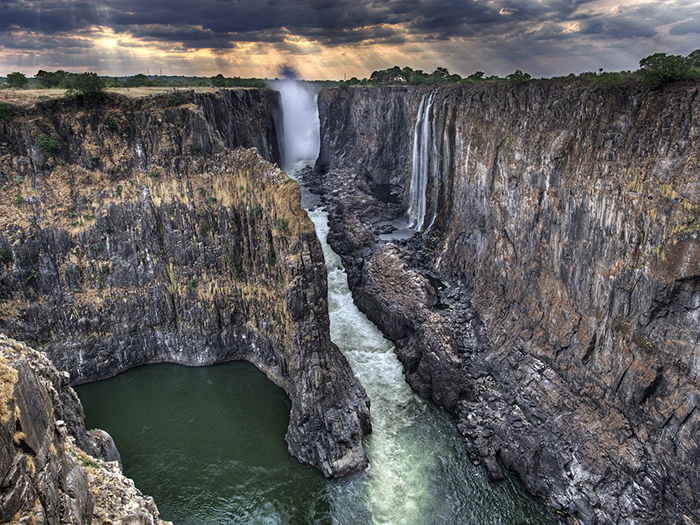
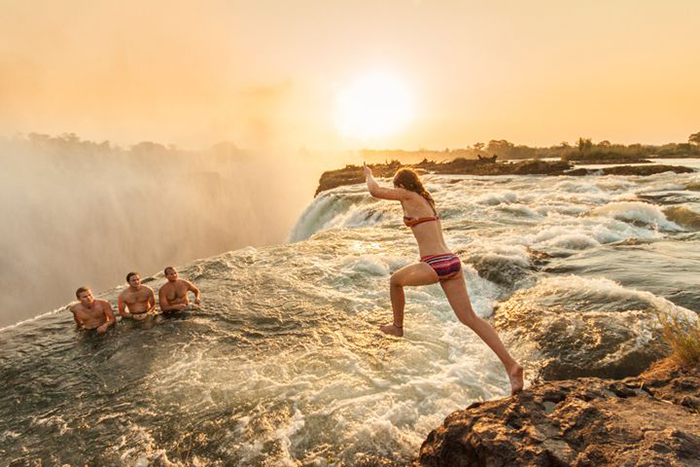
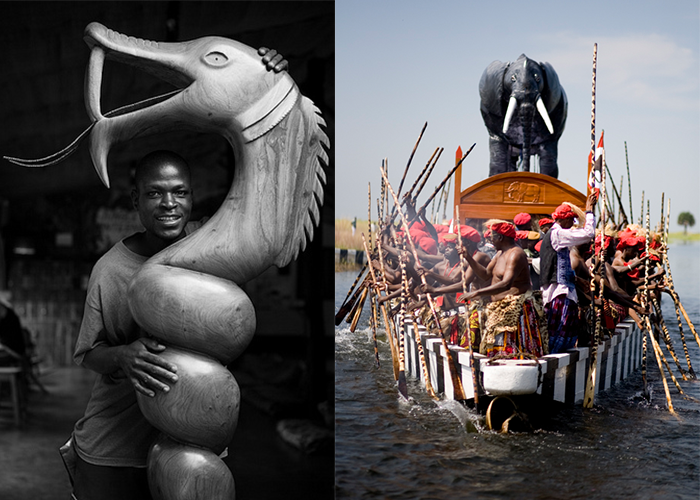
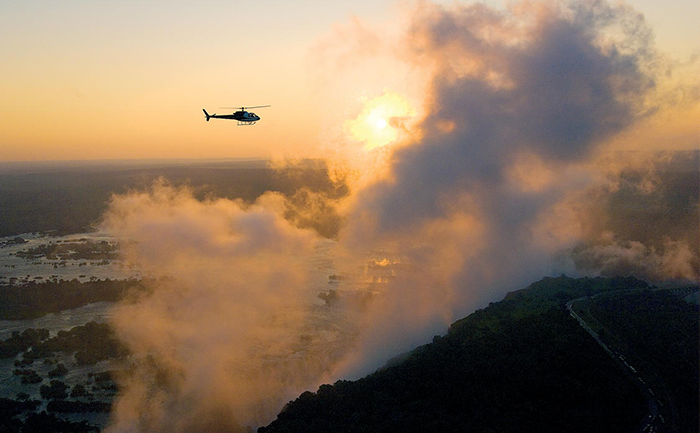
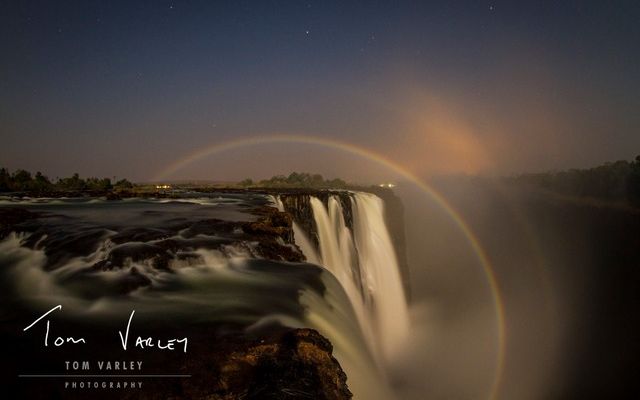
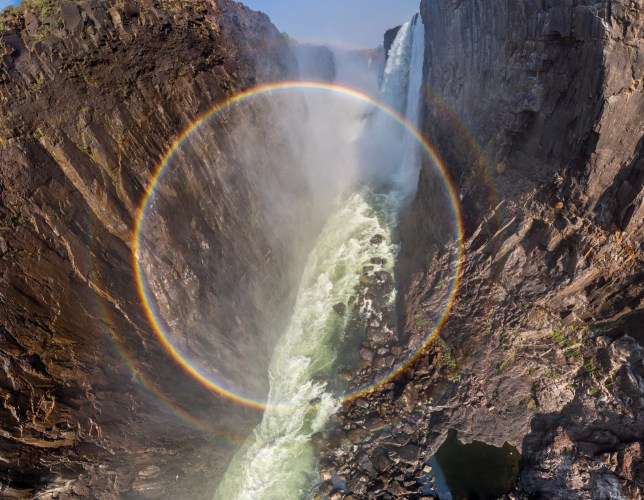
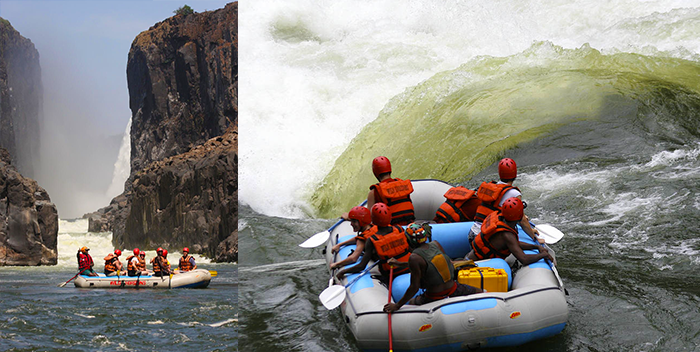

21 JANUARY 2020 UPDATE: The Victoria Falls water levels of the Zambezi River are rising steadily and the following seasonal product changes should be noted:
- High Water Rafting Season started on 10 January 2020
- Livingstone Island – Devil’s Pool will be closing shortly due to the rising water levels above the Victoria Falls
- Livingstone Island tours will remain open until the end of April/May when the Angel’s Pool will close at a similar time to the Island
